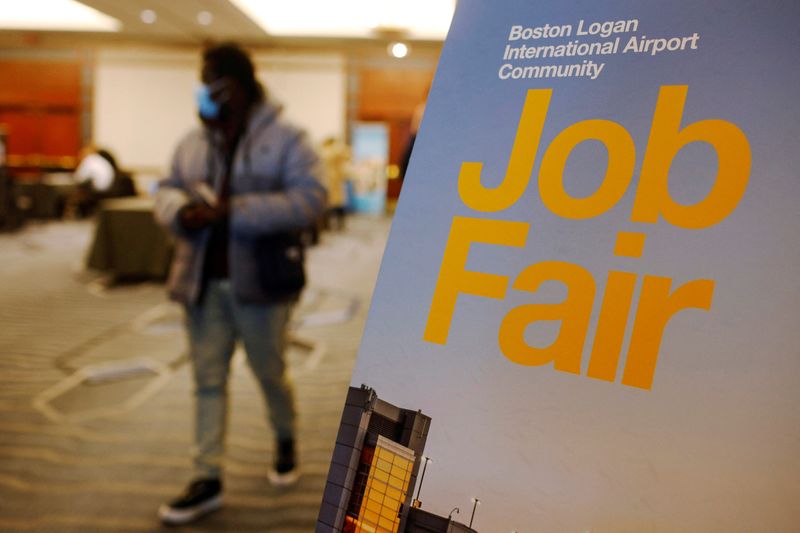(Bloomberg) -- The lowest annual pay that US workers would be willing to accept for a new job rose to almost $73,700 in November, the highest since the Federal Reserve Bank of New York started tracking the data in 2014.
The increase was more pronounced for employed people versus those out of work. The survey, which the NY Fed conducts every four months, underscores the underlying strength of wage pressures and the challenges Fed policymakers face in their attempts to quell the strongest inflation in a generation.
Fed Chair Jerome Powell, speaking to reporters last week after the US central bank lifted interest rates by a half point, described wages as growing “well above what would be consistent with 2% inflation.” At a time when price pressures are easing in goods and housing, Fed officials are homing in on wages as one of the areas that could cause inflation to be more persistent in the services industry.
The reservation wage has been increasing since 2017, but that growth accelerated after the start of the pandemic, NY Fed research shows. Wage demands for employed workers rose by 19.4% from March of 2020 to November of 2022, compared to a 12% increase for respondents who were out of a job. Consumer prices are up 15.6% since March 2020.
Among employed people, those without a college degree saw the most dramatic increase, with the reservation wage rising by 27%.
For people who are working, the reservation wage offers insight “on the trade-off between workers’ current and expected salaries as well as between current and expected non-wage amenities,” NY Fed researchers Felix Aidala and Gizem Kosar wrote in a blog post published Monday.
One factor driving the increase during the pandemic is that workers are placing greater importance on the non-wage benefits they receive through their jobs, such as health care and flexible work arrangements, according to the report.
The data is collected as part of the NY Fed’s broader Survey of Consumer Expectations.
©2022 Bloomberg L.P.
